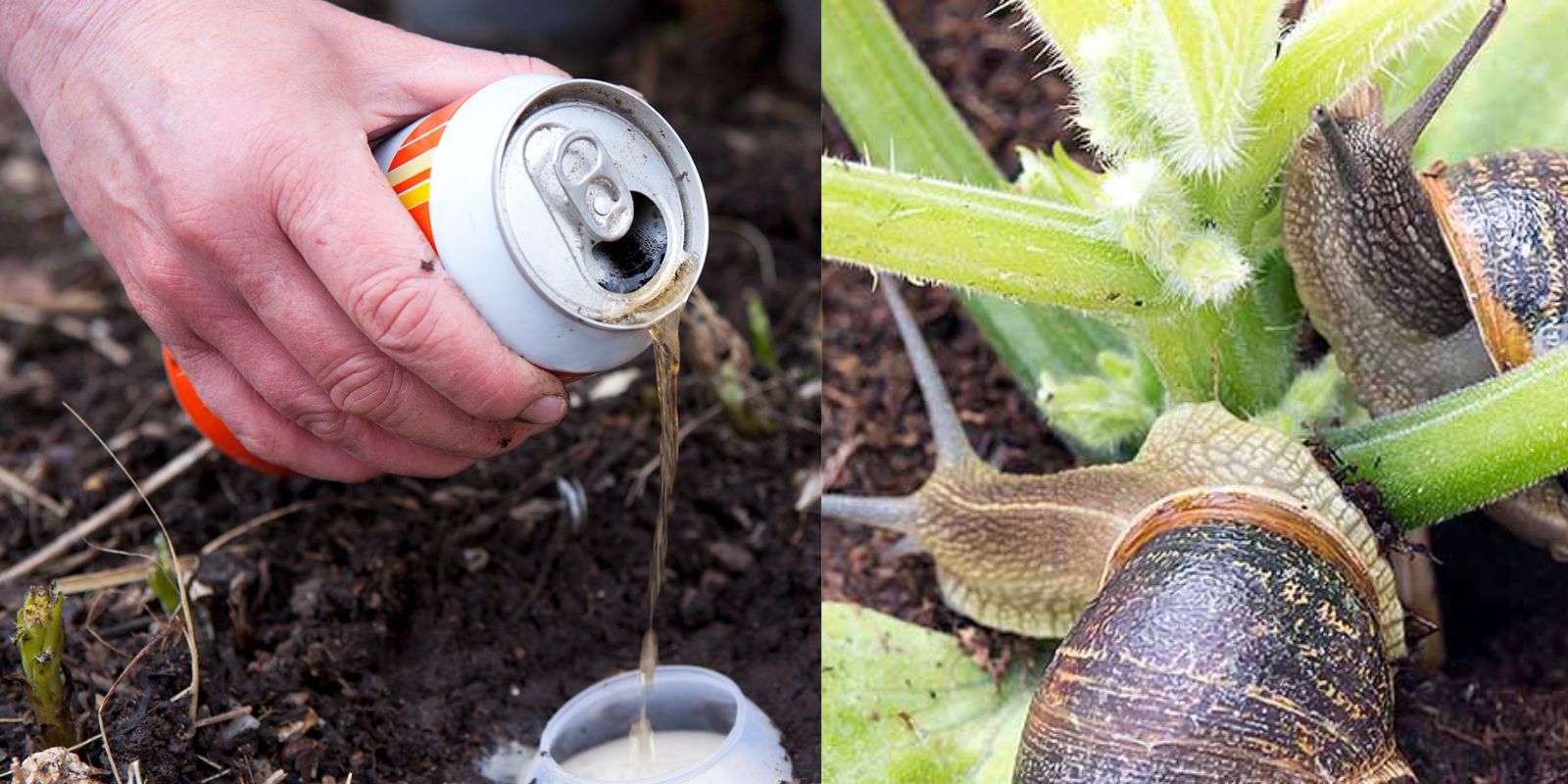Introduction
Slugs and snails can be relentless garden invaders, causing significant damage to your plants and flowers. These slimy pests are notorious for munching on tender leaves, stems, and fruits, which can leave your garden looking less than its best. Fortunately, there are numerous strategies you can use to keep slugs and snails at bay, ensuring your garden remains healthy and thriving. In this comprehensive guide, we will explore the most effective methods for preventing and managing slug and snail infestations.
1. Creating Barriers to Deter Slugs and Snails
A. Copper Tape
Copper tape is a simple yet highly effective barrier against slugs and snails. The principle behind this method is that copper reacts with the slime produced by these pests, creating a small electrical charge that repels them.
- Application:
- Install Tape: Place copper tape around the edges of plant pots or garden beds. Ensure the tape is in contact with the soil and the plant base.
- Maintenance: Check periodically for any damage to the tape and replace it as needed.
- Effectiveness:
- Proven Results: Many gardeners have found copper tape to be a reliable deterrent. It’s especially useful in small to medium-sized garden beds and container gardens.
B. Crushed Eggshells
Eggshells are another effective barrier due to their sharp edges, which are uncomfortable for slugs and snails to crawl over.
- Application:
- Prepare Shells: Crush eggshells into small pieces and scatter them around the base of plants.
- Reapply Regularly: After heavy rain or watering, refresh the layer of eggshells as needed.
- Effectiveness:
- Natural Solution: Eggshells are a natural and sustainable option. They work best when combined with other methods.
2. Setting Up Traps for Slugs and Snails
A. Beer Traps
Beer traps exploit slugs’ and snails’ attraction to fermented liquids. The smell of beer draws them in, and they drown in the liquid.
- Setup:
- Container Choice: Use shallow containers such as plastic cups or saucers.
- Fill with Beer: Pour enough beer into the container to cover the bottom.
- Placement:
- Positioning: Bury the container level with the soil around your plants. Ensure it’s close to areas where slugs and snails are active.
- Maintenance:
- Regular Checks: Empty and refill the traps as needed. Dispose of the dead slugs and snails and clean the containers.
B. Grapefruit Halves
Grapefruit halves can serve as natural traps for slugs and snails. They find the moist, dark underside of the fruit appealing.
- Setup:
- Use Rinds: After consuming grapefruit, place the empty halves in the garden, cut side down.
- Placement:
- Strategic Locations: Position the rinds near plants that are prone to slug and snail damage.
- Maintenance:
- Check Regularly: Remove and replace the rinds as needed. Collect and dispose of the slugs and snails that gather underneath.
3. Maintaining Garden Hygiene
A. Removing Debris
Garden debris such as fallen leaves, plant stems, and other organic matter provides ideal hiding spots for slugs and snails.
- Regular Cleaning:
- Clear the Area: Rake and remove leaves and other debris from garden beds and around plant bases.
- Effectiveness:
- Hygiene Matters: Keeping the garden clean reduces potential hiding spots and breeding grounds for pests.
B. Watering Wisely
Watering your garden in the morning rather than in the evening helps minimize the damp conditions that slugs and snails prefer.
- Watering Schedule:
- Morning Routine: Water plants early in the day to allow the soil surface to dry out by evening.
- Effectiveness:
- Dry Conditions: Reduced moisture helps to discourage slug and snail activity.
4. Attracting Natural Predators
A. Encouraging Wildlife
Natural predators such as birds, frogs, and beetles feed on slugs and snails and can help control their population.
- Creating Habitats:
- Birdhouses and Baths: Install birdhouses and baths to attract birds.
- Frog Ponds: Set up small water features to encourage frogs.
- Effectiveness:
- Natural Balance: By fostering a diverse ecosystem, you can maintain a balanced garden environment.
5. Using Organic Solutions
A. Diatomaceous Earth
Food-grade diatomaceous earth is a natural powder that can be used to deter slugs and snails. Its sharp, microscopic particles cut into the pests’ bodies, causing dehydration.
- Application:
- Sprinkle Powder: Spread a thin layer of diatomaceous earth around plants and garden beds.
- Effectiveness:
- Dry Conditions: Diatomaceous earth works best in dry conditions and should be reapplied after rain or watering.
Conclusion
Keeping slugs and snails out of your garden requires a combination of strategies and consistent effort. By creating physical barriers, setting up traps, maintaining cleanliness, attracting natural predators, and using organic solutions, you can effectively manage these garden pests. Implementing these methods will help protect your plants and ensure a thriving garden.
Motivation:
Transform your garden into a slug and snail-free zone with these proven strategies! Share your success and inspire fellow gardeners to tackle these pests with confidence.
Hashtags:

